Mold spreading in your home can be extremely dangerous to people and destructive to property. Mold can cause many kinds of health reactions, some of which are severe and can be deadly to people who already have health problems.
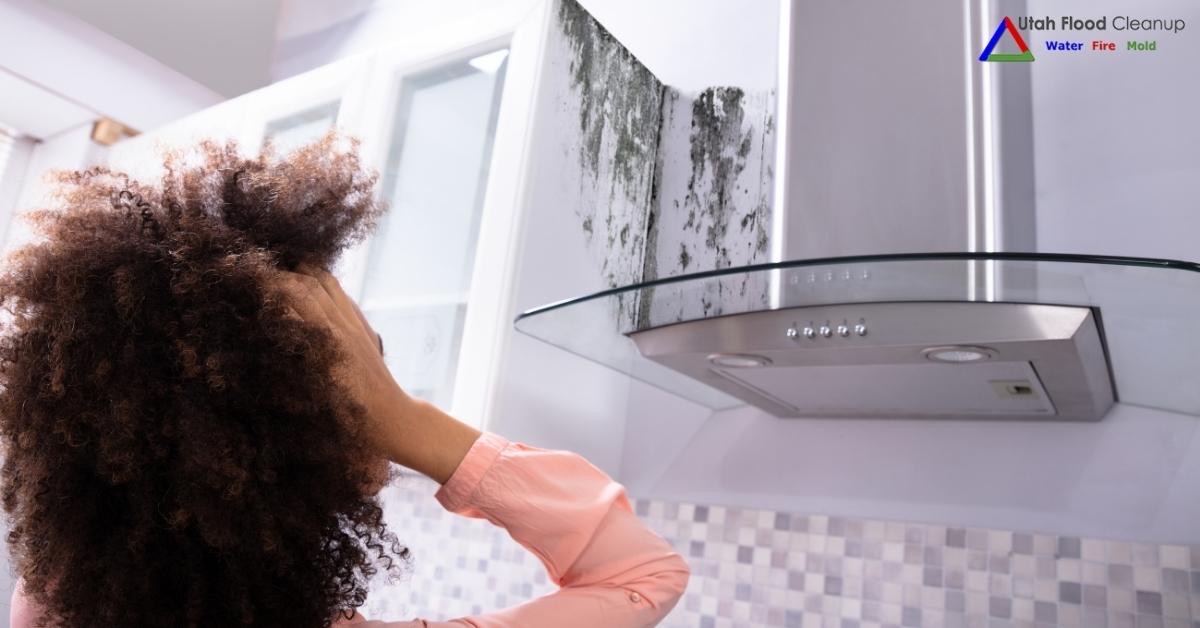
FREE Water Damage Inspection for Insurance-Covered Events

Mold spreading in your home can be extremely dangerous to people and destructive to property. Mold can cause many kinds of health reactions, some of which are severe and can be deadly to people who already have health problems.
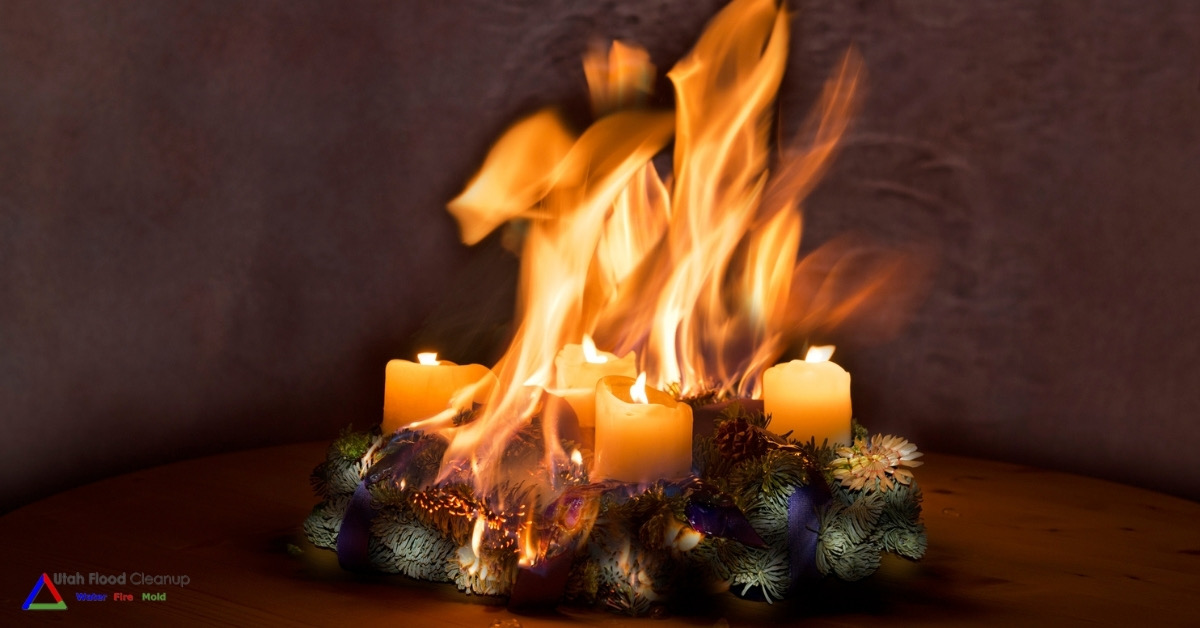
The holidays are a very special time of year for having fun and sharing and making beautiful lasting memories. With so many activities and so much excitement, basic fire safety precautions are often overlooked.
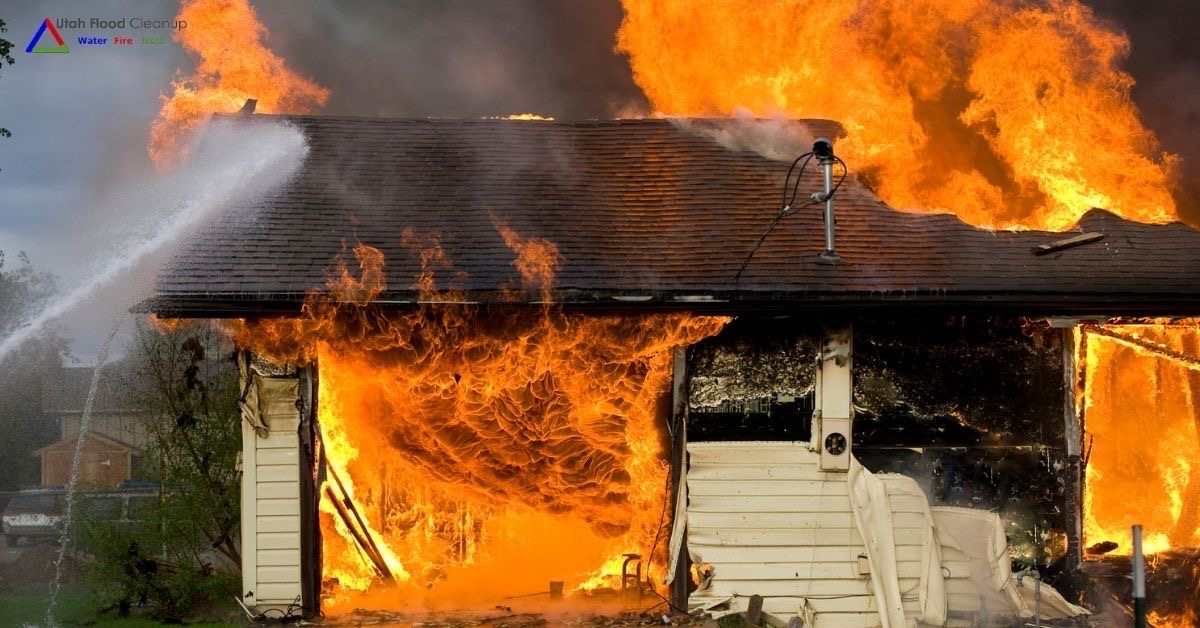
Many millions of homeowners have put in place multiple safety measures to protect their homes from a potentially disastrous house fire or flooding, but garages are often overlooked.
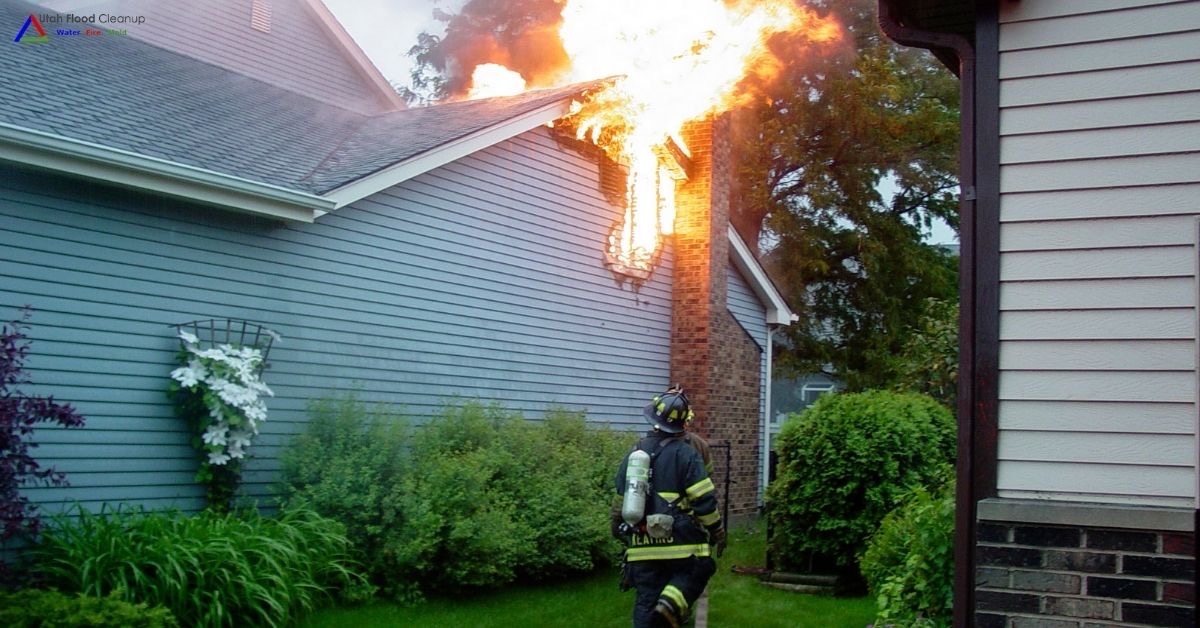
Hopefully, you will never have the experience of a fire at your property. However, if you do find yourself dealing with that situation, you’ll be glad you took a few minutes to read the information below and be better prepared to manage the process to protect your interests.
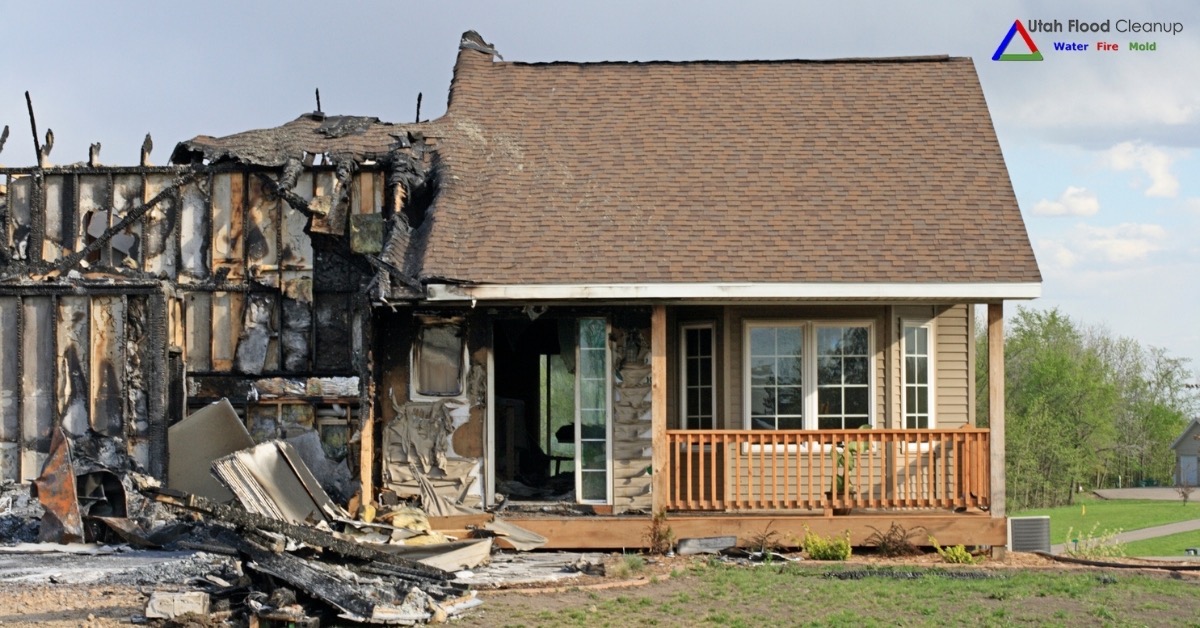
What's the worst thing that can happen to your home after a fire? The answer is complicated. A house fire is a serious event, so it's important to know what you should do after such an incident occurs. Here are three common complications that may occur after a house fire: structural damage, water damage, and air contamination.
In some cases, a house may not appear to have extreme fire damage even though it may have structural damage in walls, floors, and ceilings. This can be caused by the fire and by methods used to fight the fire. Some fire damages, such as a collapsed roof or fallen walls, are easy to see. But, other damage is often concealed behind walls and below floors. Structural damage may present significant safety and health risks after house fires, which must be addressed promptly to protect the occupants of your home.
Be sure to have your home inspected after a fire. Signs of structural damage from a fire may include:
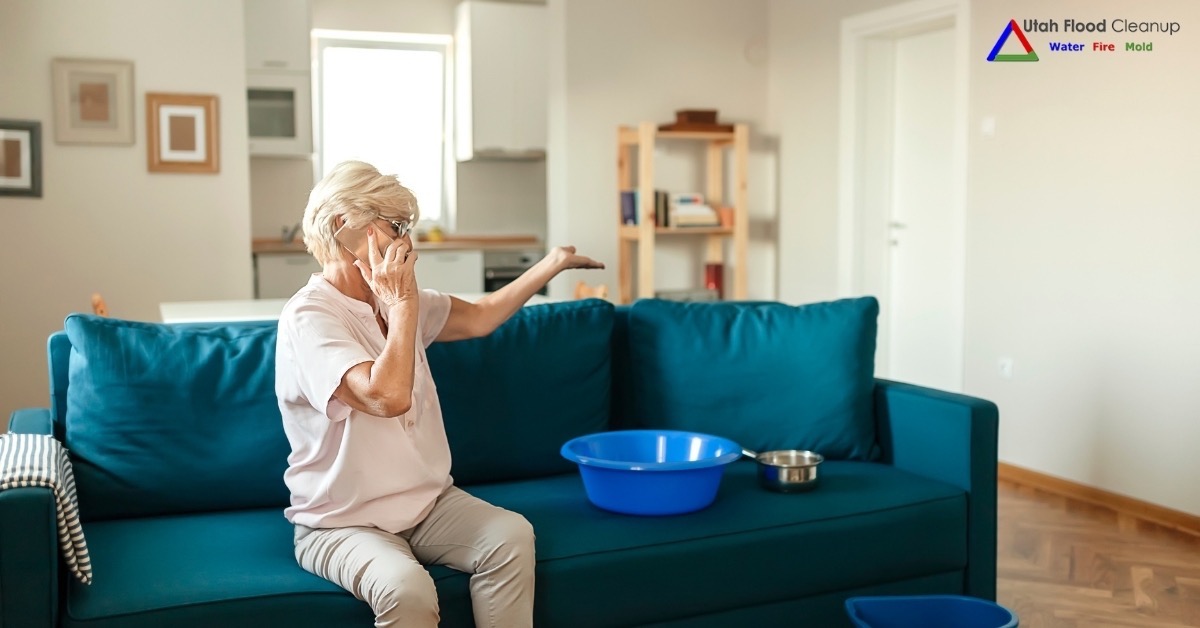
Leaks are common. Still, it’s usually startling to discover a water leak somewhere in your home. That’s understandable because common water leaks in houses are often responsible for extensive property damage that is very costly to repair. The good news is that you can prevent the most typical leaks by periodically inspecting the places where leaks are most frequent. Use the list below, provided by Utah Flood Cleanup, to conduct routine checks of areas in your home where a leak is most likely to happen.
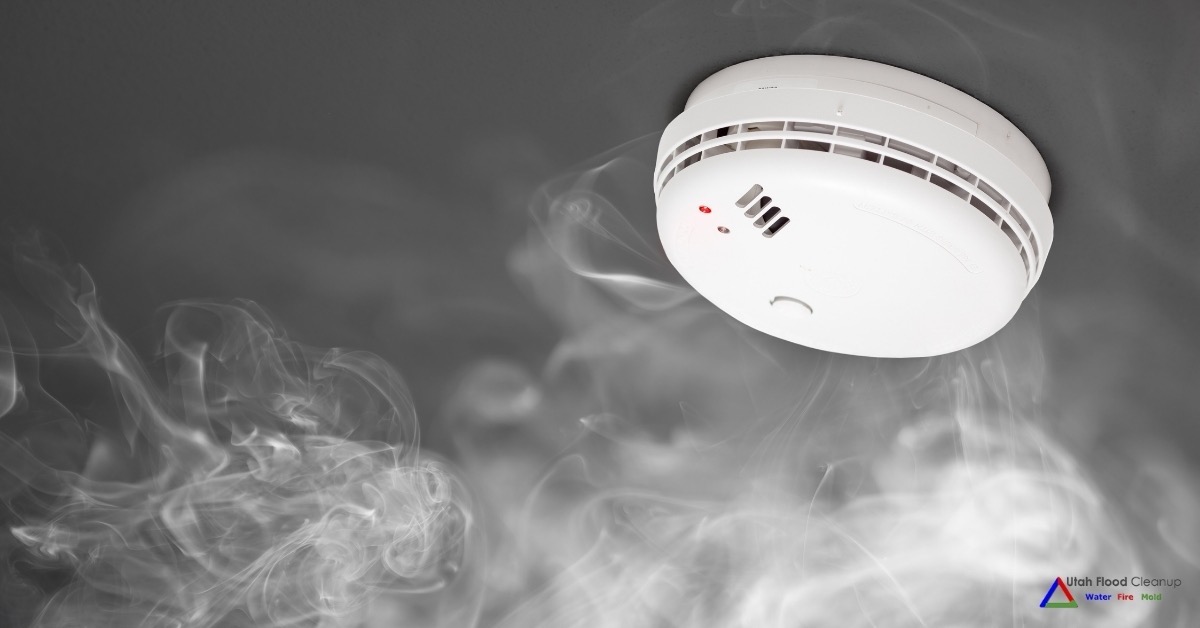
Smoke alarms are your first line of defense against a potentially devastating house fire. They are inexpensive, and they provide an extraordinary value in the amount of protection they can provide for your family and your property. However, you need to know how to test a fire alarm system, to help ensure the reliability of your smoke detector. Routine testing will help you maintain uninterrupted power to your smoke alarm and keep it functioning properly.
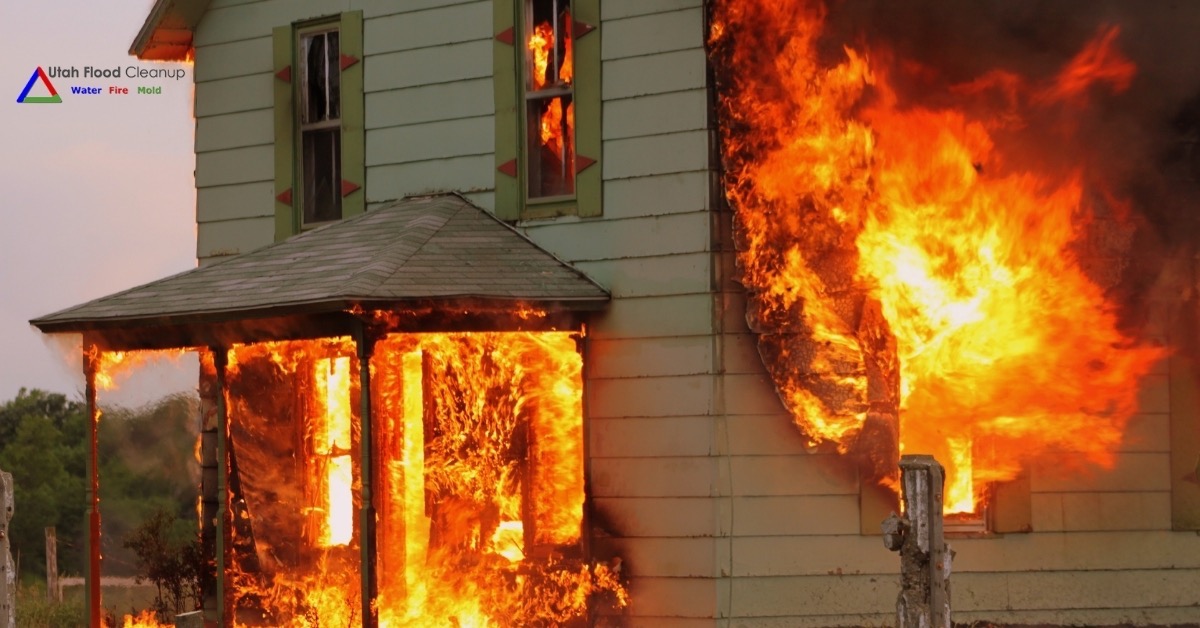
A beautiful well-built home can be quickly consumed in a blazing fire, due to any one of countless causes. That’s the bad news. The good news is that house fires from the most common causes are almost all easily avoidable. From inappropriately managed flammable material storage to smoking in bed, the frequency of residential fires can be significantly reduced by an increased commitment to household fire prevention practices.
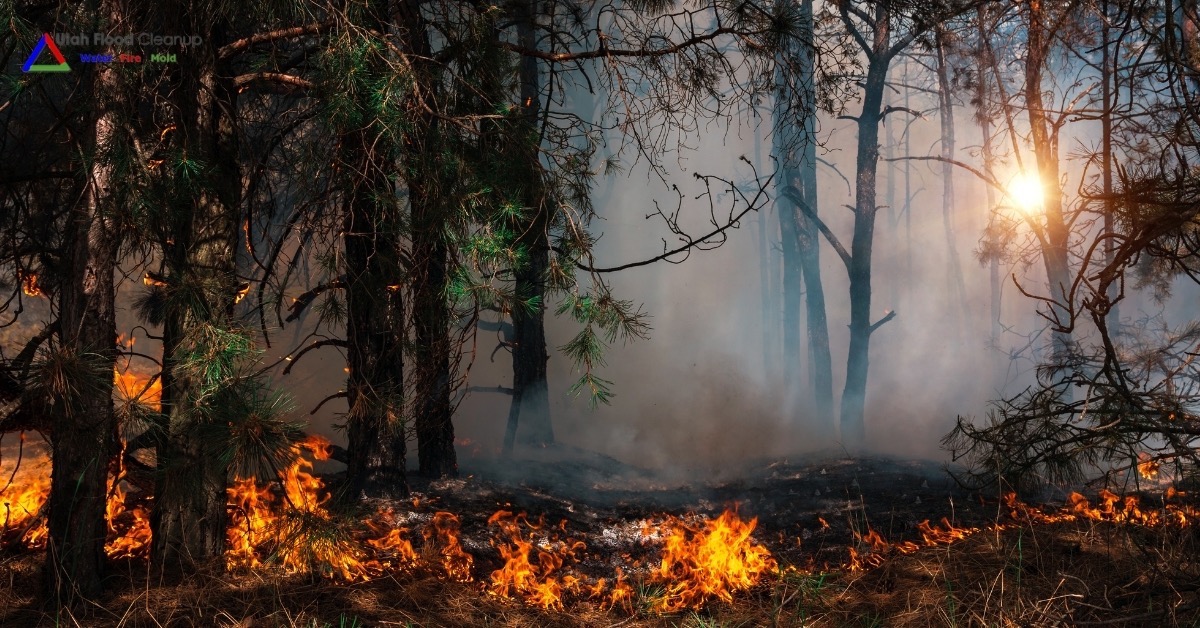
In this blog, we will discuss:
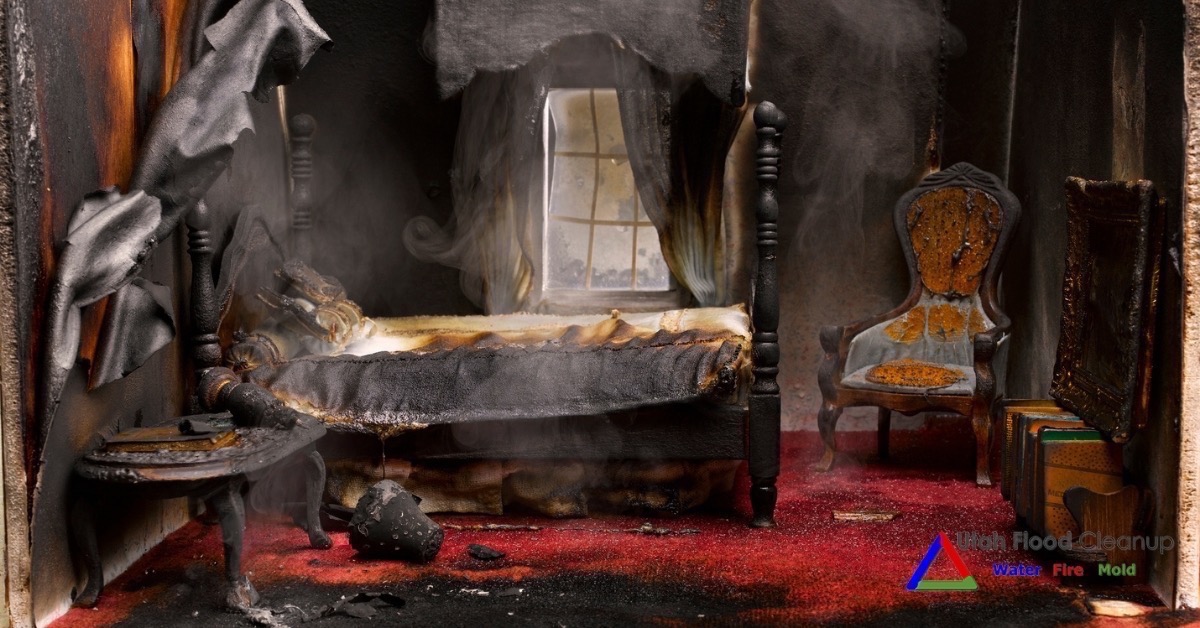
Over 50% of deaths from fires in homes happen in the bedroom — a staggering statistic that serves to alert everyone who has a bedroom to the critical need for basic fire safety measures. The bedroom fire safety tips below are provided by Utah Flood Cleanup, your local flood, mold, and fire damage restoration service. Use the handy list below to help you identify hazards and implement solutions to potential electrical issues and other causes of fires in bedrooms.

Customer Testimonials